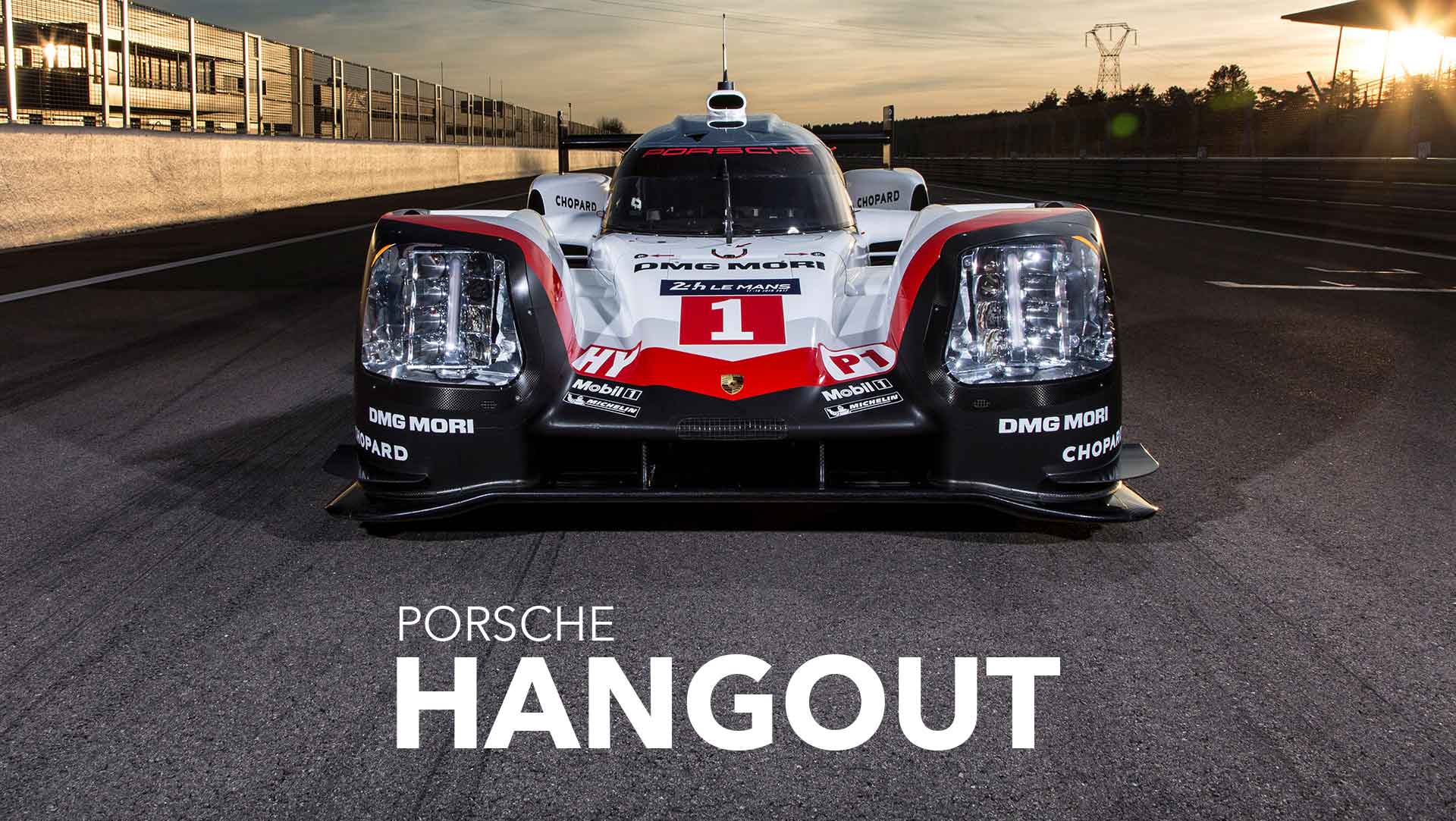
The new 919 Porsche hybrid is the result of new regulations governing the World Endurance Championships, with the endurance team having implement more safety conscious measures. With changes to the vehicle, fans might be left wondering how it will fair against its rivals in this year’s endurance races. Regulations governing the downforce of participating cars in order to reduce corner speeds led to Porsche having to make some revisions that ultimately left the newer model at a bit of a disadvantage, speed-wise. Tweaking what they could, and balancing the modifications against the car’s weight, the new 919 hybrid is ready to be reviewed.
-
Why the Change?
The Endurance committee made changes with the aim of slowing the speeds of faster cars, rather than pushing for slower models to increase their speeds. As stated, Porsche had to look at making some critical changes, both to the body work and under the hood. Theoretically, this places the Porsche Hybrid 919 at a disadvantage amongst its competitors. The aerodynamics of the new Hybrid had to be refigured, and much of its design advantage is no longer in play. The resulting lap-time of the new 919 Hybrid is three to four seconds slower than its predecessor.
-
What’s been Done
In an attempt to balance the diminished aerodynamics, Porsche added some heavy kilo wattage. Between the 2.0-liter turbocharged V4 supplying 368kW, and an electric motor capable of bringing another 294kW, what we’ve got on the track is a lightweight body being pulled by a potential 662kW. The chassis and monocoque, made of carbon fiber and honeycomb aluminum, totals a mere 875kg. Porsche’s aim was to keep the weight of the car down, despite the addition of a new energy boost system – kinetic breaking energy and exhaust energy are recovered through turbines to offer a greater boost when needed – and seems to have been successful in this regard. The Hybrid 919 is able to go from 0-60m/h in 2.2 seconds and 0-120m/h in 4.8 seconds. By keeping the time-proven monocoque and making necessary adjustments everywhere else, the essence of the 919 Hybrid is intact.
-
On the Road
The decision to bring a less aerodynamic car to the tracks meant not offering a real enough threat in qualifying. However, round one done and dusted had the 919 Hybrid come in second to Toyota by a mere 6.173 seconds, who is top of the list to beat. Round one went better than expected, and the hope is that round two will be even better after some more adjustments, and when it comes to the 24 hour Le Mans race in round three, there is enough time in the race for this gap to be potentially closed. The Porsche team’s comments after the initial race were more than optimistic, with reference that there is room for more tweaking to enhance its performance.
The new 919 Porsche Hybrid should breed confidence for the future of racing cars in this category. The creative maneuvering around the initial disadvantage offered by the new regulations is exciting. With room for even more tweaking to optimize performance, we look forward to seeing what more this car will have to offer.
